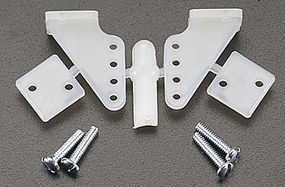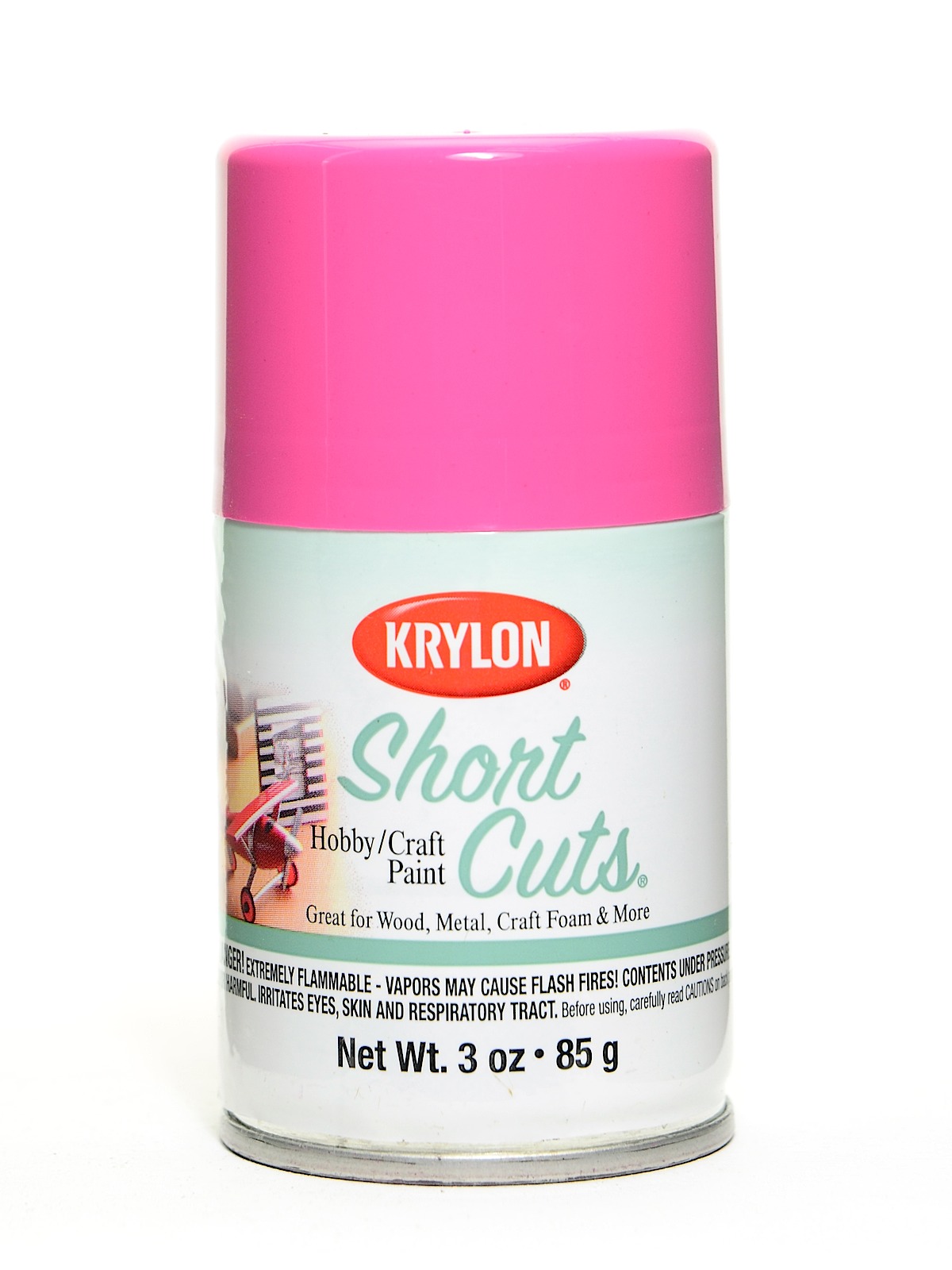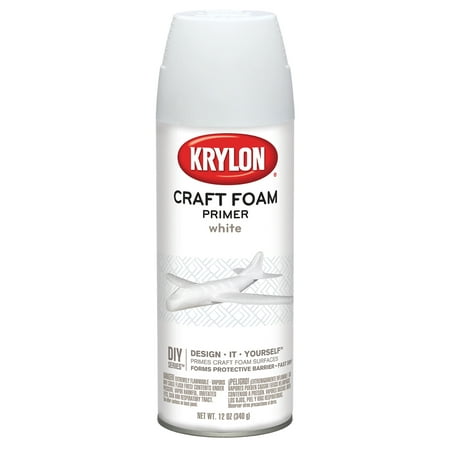 |
| Evo 1000 when built |
Since I have a few friends interested in getting into the RC Flying Hobby, I am including a first ever source guide. This is what I've used. It's good and it's dirt cheap. I'm only listing two vendors to keep things simple. I also wrote a more in depth article about the Evo 1000 suggesting that it's best to buy two. Since the days of the Hobby Store in your town are coming to an end, here's a source list where to find these parts. Of the remaining Hobby Stores, I know of none that stock this plane on their shelves.
eBay
 |
| The plane arrives in pieces |
The Hacker Hotwings Evo 1000- It's $38 when not on sale, and there is free shipping when you spend over $69 (Catchy Number) Otherwise it's $7.99 You may want to consider buying a second one and letting it sit on the shelf for a while. After a few months, you may want an upgrade the plane and having one ready to go would come in handy. Omni Models- A good USA Vendor
This is the most of what is considered the plane, it comes in a fairly small, very light box. The foam and motor mount are the main things you'll be using.
Control Horns- At just over $1 a pair, this is worth the money, pick up a couple of extra just to have a spare. This is from the same vendor as the plane so shipping is paid for with the plane order.
XT60 Connector - This comes from China so it may take a couple of weeks to show up. Buy a few pairs. You will need wire strippers and way to connect two wires together.
Skywalker 30A ESC- Banggood sells these from time to time. Another very good one is the Turnigy Plush 30. You can find them also on eBay for around $20. Otherwise, the Skywalker which is nearly identical is around $11
 |
| Amazing Glue- You need this |
UHU Por Adhesive- Not sold in the USA, so you have to buy it elsewhere. It's worth the money.
Banggood
Motor-BR2212- This motor will handle the plane without a problem- It's very powerful, don't let the low price fool you. You will tear up the sky with this motor.
These are the newer generation motors called "Brushless motors." They are 3 phase which means that there are three electrical wires that go to it. They are over 90% efficient. This motor can spin at 15,000 RPM without a propeller on it.
Another benefit of the plane is the pusher prop design. The motor is in the back of the plane leaving flexible foam up front in case of crashes.
 |
| Radio Control- There are many out there, select what works for you. This one is inexepenvie and pretty good. |
Radio Control- This is the FlySky FS-i6- I happen to own one so I can talk about it from experience- It's a very good, low budget radio. The only thing I don't like about it is that some of the parts fall off over time. You're free to put whatever radio system you want in this plane and yes, you can easily spend up to $1000. The radio and receiver are both around $40. For each plane, you'll need a new receiver which you can also order from Banggood at around $10 each.
 |
| You need to order the right propeller for the plane and install it correctly. Easy to get this step wrong. |
Propeller- This plane takes an 8x6 Propeller, CW (clock wise). There are small numbers on the propeller that say 8x6. They have to point toward the direction of flight (forward).
 |
| Bullet Connectors |
Bullet Connectors- This is what connects the motor to the speed controller. You will need to solder this on to the ends of the speed controller and motor if this hasn't been done for you. The reason why this is important is that the batttery frequently comes off during landings and occasionally it pulls the speed controller with it. You need a second disconnect to make sure you don't break wires.
Pushrod connector Linkage- Oh yeah, you'll want this. The good news is that it installs with an Allen wrench. There are some that come with the plane, they aren't very good.
 |
| TowerPro 9g servo |
Servos- You'll need only two, but you'll have some spares. I can't say that one brand is better than another when it comes to cheap servos, but I've seen Tower Pro around quite a bit. You may want to be brand loyal because each servo has control arms that won't fit on other servos.
There are only three things that move on the plane, the motor. From that, you can achieve flight, do amazing tricks and have a wonderful time in the air. This is perhaps one of the simplest planes around because there isn't much to it. Because the ailerons move, you can do rolls and spins.
 |
| Carbon Fiber Rods |
Carbon Fiber Pushrods- Chances are fairly good you won't need this. But if your connecting rods come up short you'll appreciate having this around They can also get lost during a bad crash. It's cheap and you're ordering other stuff, you may as well order this as well. Eventually, you'll need it.
 |
| Lithium Polymer Battery (LiPo) |
Battery-1.5mAh Lipo- There are many different manufacturers of batteries. I've used these and they work great. The only downside is that they need to be charged, used, and then recharged until all three cells seem to charge at the same rates. Notice it has the XT60 connector. This is one of the more common battery connectors these days. You may want to buy two or three batteries.
This is a similar technology that cell phone batteries use. They are very light in weight compared to nickel–cadmium battery (NiCd battery or NiCad battery). Because of this these batteries, the Evo 1000 can exceed 30-minute flights fairly consistently.
 |
| Balancing charger |
Balancing Battery Charger- You'll need a way to charge your LiPo batteries. I have one similar to this one, it works well. What you think of as a battery is really three smaller batteries run in series (3S). Batteries are rated by the number of cells they have, from 1 to 6.
Extra
 |
| Goop Adhesive, sold at Home Depot |
Goop
Goop is a combination of silicone and other adhesives, possibly natural rubber. Since it's cheap, easy to find ( $5 at Home Depot) and a decent adhesive you may be tempted to use this to glue your cores together. I wouldn't suggest it. It's not the strongest adhesive.
What this is amazing for is a covering around the front of the plane (the leading edge). It turns the EPP foam into something that is softer and more rubberized. It resists cracks and tears and absorbs the shock of impact better with it around the front of the plane ( the leading edge) and close to the motor mount. It's amazing how well this stuff works.
30 Minute Epoxy
Motor mounts are made out of thin wood similar to balsa. They can come apart fairly easily. My suggestion is to coat it with 30-minute epoxy and let it dry. You may also want to paint the motor mount before putting on the 30-minute epoxy. Give it another color besides the dull wood color. If you don't wish to do this the next best step is to coat the motor mount with wood glue. I prefer the 30-minute epoxy, it gives a plastic coating to the motor mount. Mine has never broken or come apart. You can find this at a craft store such as Hobby Lobby.
Putting it all together
If you were to order all the parts at the same time, the plane would show up first and all the parts from Banggood would show up in a couple of weeks if not longer. For whatever reason the UHU Por shows up fairly fast.
I know you'll be excited to build this plane it's not the kind of thing you can assemble in a morning and fly in the afternoon. The first build will take around 10 hours. I suggest doing it over the course of 3 or 4 days so that you allow things to dry.
The first time getting in the air is tricky. You have to set your radio up right, and it's easy to set up the radio wrong Once you're flying you need to know how to control the plane. which is easier to do when it's flying away from you then when it's flying toward you. The best way to learn how to fly an RC airplane without the frustration of watching your hard work come crashing down into the ground is to use an RC Simulator program.
 |
| RC Flight Simulator |
This is the one I learned to fly on. It comes with a controller and copies of many different planes. Most of the planes are very expensive Balsa Wood models. You won't get bored, and they actually have some pretty good lessons from instructors in the software. There is a special edition that is also available. You have to have a very serious gaming machine to run that software, whereas RF7.5 runs on just about any fairly modern PC.
Even after you set up the plane and spent untold hours on the computer learning how to fly a plane toward you, you'll still need help getting your plane in the air first time. That's when you need to ask help from someone who knows how to fly RC planes. They can help set up your plane and take it up for you the first time to make sure it's ready for you.
The Evo 1000 is less than a 3.5 foot plane, it weighs less than a pound and can usually be flown in empty parks. Please don't fly it near the freeways or near crowds of people. It's an ideal trainer plane. Once you get it flying, you'll be hooked!
Total cash outlay for the plane including radio is under $150. The plane without radio is less than $90. As far as hobbies are concerned, this is an enexpensive one.





































